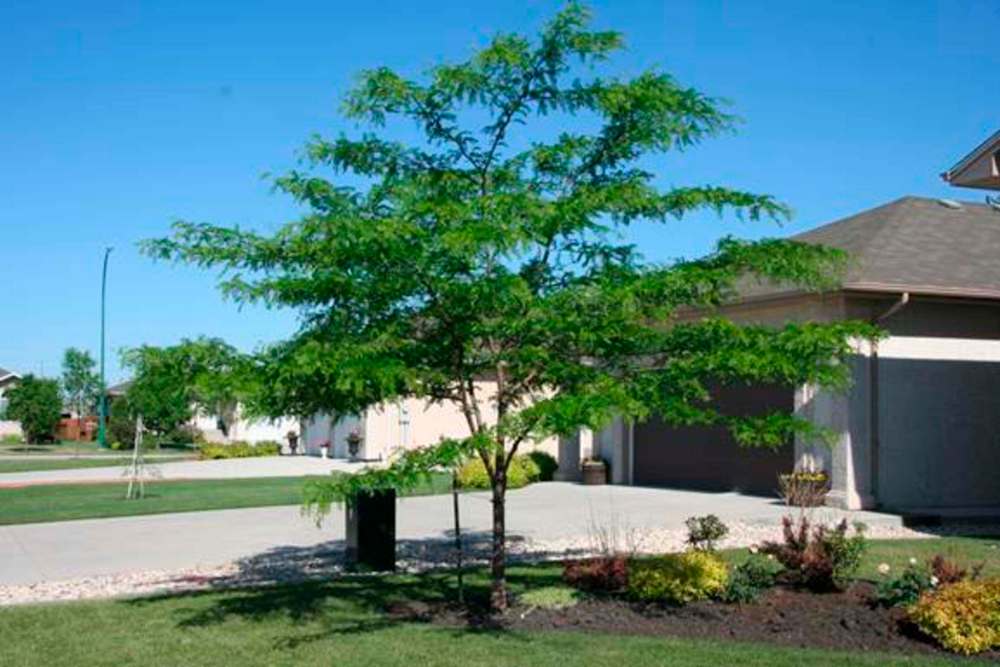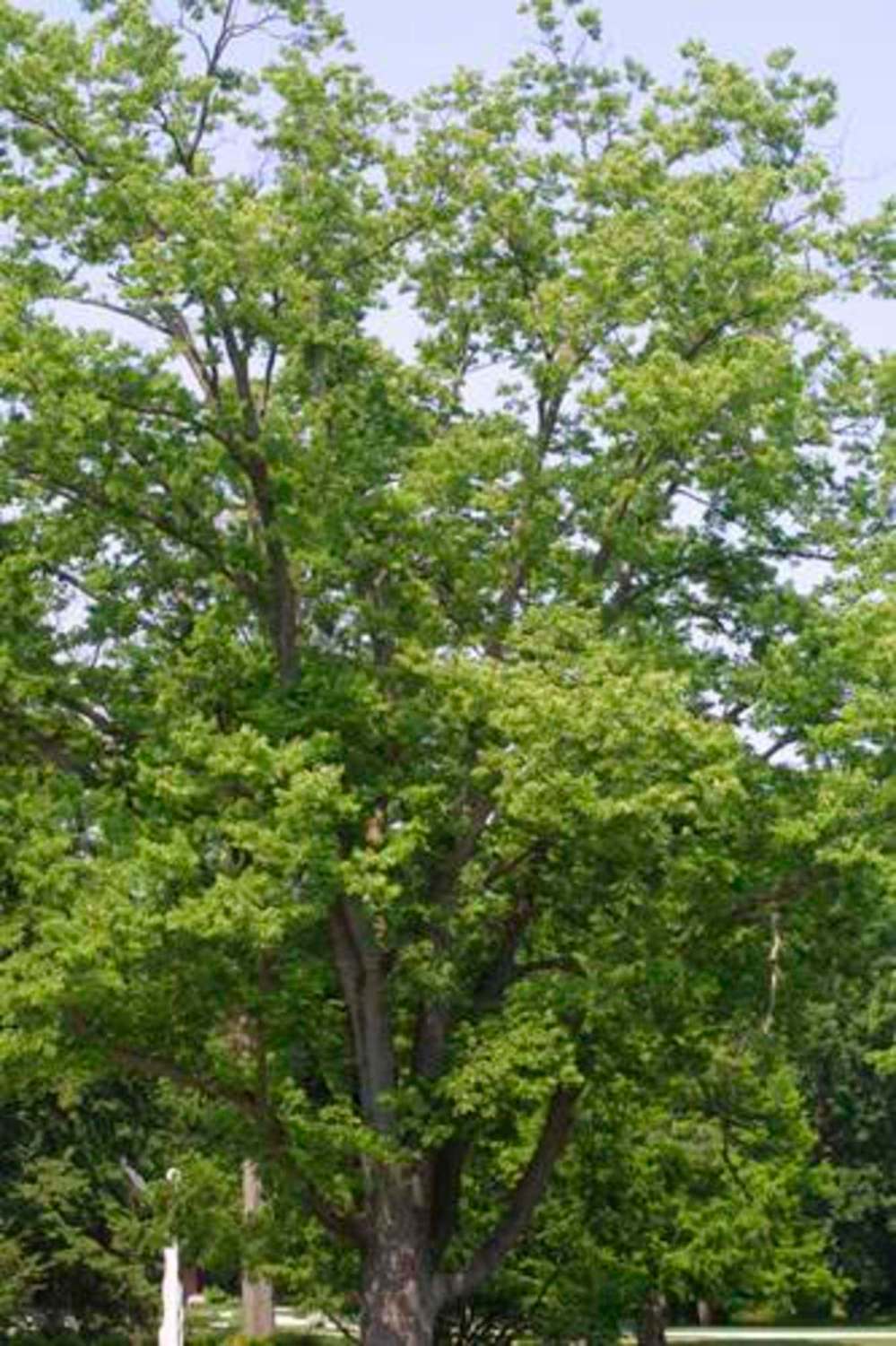Understanding the growth rate of trees
Advertisement
Read this article for free:
or
Already have an account? Log in here »
To continue reading, please subscribe:
Monthly Digital Subscription
$1 per week for 24 weeks*
- Enjoy unlimited reading on winnipegfreepress.com
- Read the E-Edition, our digital replica newspaper
- Access News Break, our award-winning app
- Play interactive puzzles
*Billed as $4.00 plus GST every four weeks. After 24 weeks, price increases to the regular rate of $19.00 plus GST every four weeks. Offer available to new and qualified returning subscribers only. Cancel any time.
Monthly Digital Subscription
$4.75/week*
- Enjoy unlimited reading on winnipegfreepress.com
- Read the E-Edition, our digital replica newspaper
- Access News Break, our award-winning app
- Play interactive puzzles
*Billed as $19 plus GST every four weeks. Cancel any time.
To continue reading, please subscribe:
Add Winnipeg Free Press access to your Brandon Sun subscription for only
$1 for the first 4 weeks*
*$1 will be added to your next bill. After your 4 weeks access is complete your rate will increase by $0.00 a X percent off the regular rate.
Read unlimited articles for free today:
or
Already have an account? Log in here »
Hey there, time traveller!
This article was published 09/04/2016 (3438 days ago), so information in it may no longer be current.
Those of us who like to look at trees admire all sizes and forms of them. But, did you know all species of trees have different rates of growth?
A mature native cottonwood and a mature bur oak could be the same size growing in the wild; however, the cottonwood can easily grow more than two metres a year, but the oak might only grow 30 cm annually. Other relatively fast growing trees are American elm, green ash, basswood, silver maple, willow and Manitoba maple. The linden, birch, aspen poplar and coniferous evergreens such a spruce, pine, fir and cedar have an intermediate rate of growth — as much as one metre per year. These rates apply to Manitoba indigenous trees. Rate of growth also depends on the type of soil on which the tree is growing. Areas of deeper, well-drained, fertile topsoil support faster-growing trees. Poorly drained, swampy soils are lucky to get trees to grow at all, although trees such as our indigenous tamarack seem to thrive in these locations, especially if the soils are somewhat alkaline.
The rate of growth of many trees, including introduced ones on developed building sites, can be encouraged through fertilization using commercial or organic fertilizer types. A great number of trees purchased these days from garden centres or commercial tree nurseries consist of cultivated varieties. This would be true of the edible and ornamental fruit trees and nearly all ash trees, especially Manchurian and hybrid crosses between Manchurian ash and black ash trees such as Northern Gem and Northern Treasure.

Most trees planted in recent years in parks, home gardens and commercial landscapes are introduced or cultivated varieties rather than purely indigenous species. There are more cultivated varieties of ornamental crab apple and poplar trees than any other tree species. Most of the poplar varieties were designed to be planted as shelter belts near agricultural cultivation and nearby farm homesteads. North West poplar is a cultivated variety that can grow very quickly to heights of more than 24 metres, often within 20 to 25 years. However, as these trees are fast-growing, many varieties of poplar, and its close relative aspen, are planted in relatively small urban lots. Two very commonly planted (and in my view, over-planted), short-lived columnar trees — the Tower poplar and Swedish aspen — have become urban headaches for many hundreds of property owners. These trees have a very rapid rate of growth but succumb quickly to pest issues and deadly fungal infections.
I am often asked “What are the best trees to grow?” If I am consistent, I would ask them, “How big do you want them to grow, and do you want them to grow fast?” Are you looking for a shade tree or an ornamental coniferous evergreen? I have been drifting away from commercial fertilizers and encouraging where possible to use organic materials that have been properly composted. There’s no question commercial fertilizers can increase growth if applied at the right time of year. When I assess trees on properties — private, institutional or commercial — I always assess those trees’ need for dealing with nutritional deficiencies. For me, the symptoms can be quite obvious.
Most non-indigenous trees generally have a moderate rate of growth. For most urban lots, I am partial to growing the following trees: Ohio buckeye; Delta hackberry (a tree indigenous to Manitoba), linden (several varieties that are related to basswood), black walnut, pin cherry and Japanese elm. Finally, Autumn Blaze (red) maple and Northern Acclaim honey locust are mostly hardy in protected areas, ideally planted away from northerly exposures. These are very beautiful trees. Although I have a very fine Japanese Ivory Silk honey locust tree, there are many of them in southern Manitoba that have a fungal disease infection that causes poor growth, often leading to the death of many parts of the tree.
viburnumtrees@shaw.ca
Michael Allen M.Sc.F., RPF (retired) is a consulting urban forester, tree diagnostician and certified arborist. He owns Viburnum Tree Experts. His latest book, Dr. Tree’s Guide to the Common Diseases of Urban Prairie Trees, provides detailed information about prairie tree problems. He can be reached at 204-831-6503 or 204-223-7709. His website is www.treeexperts.mb.ca.




